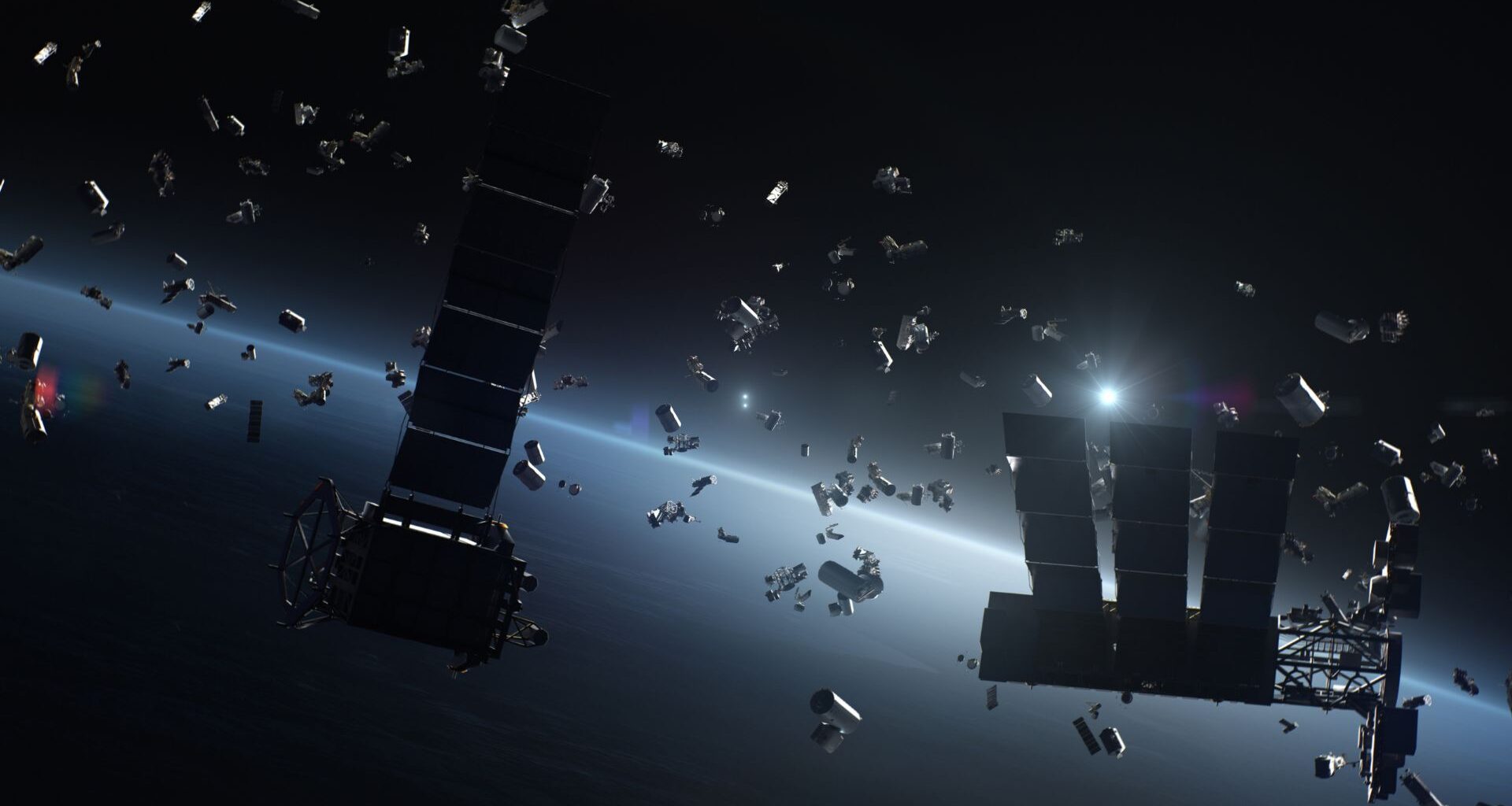In a rare instance of collaboration between the space programs of China and the US, the former recently reached out to NASA to warn the space agency of a collision threat between two satellites.
The warning marks a first for space traffic management, according to a space sustainability official.
China and the US have historically had a strained relationship in space. The US effectively banned China from the International Space Station in 2011, and NASA officials have decried China’s lack of transparency regarding rocket reentries in recent years.
A positive step for US-China relations?
While the US doesn’t disclose sensitive data regarding military operations, it is generally transparent when it comes to information it deems important to the public and to other nations.
“For years, if we had a conjunction, we would send a note to the Chinese saying, ‘We think we’re going to run into you. You hold still, we’ll maneuver around you,’” Alvin Drew, director for NASA Space Sustainability, said during a plenary session at the International Astronautical Congress (IAC) in Sydney, Australia, on Oct. 2, as quoted by Space.com.
As China’s space operations evolve at a dramatic pace, it looks like the nation might be gradually shifting to a more open communication strategy.
“Just yesterday, we had a bit of a celebration because, for the first time, the Chinese National Space Agency reached out to us and said, ‘We see a conjunction amongst our satellites,” Drew continued. “We recommend you hold still. We’ll do the maneuver.’ And that’s the first time that’s ever happened.”
The growing importance of collision avoidance
The US operates by far the most satellites in low Earth orbit, thanks largely to SpaceX’s Starlink constellation. However, China is looking to challenge SpaceX’s dominance with its Guowang and Thousand Sails megaconstellations.
The rapid rise in the number of satellites in orbit means there is an increased need for global collaboration. A recent SpaceX filing with the FCC showed that Starlink satellites had to make 50,000 collision avoidance maneuvers between 2019 and 2023. According to Hugh Lewis, a professor of astronautics at the University of Southampton in the UK, if those trends continue, Starlink satellites will have to perform roughly a million maneuvers every six months by 2028.
If two satellites were to collide, this would likely lead to a cascading effect known as Kessler Syndrome. In this scenario, both satellites would be broken into thousands of pieces of space debris. These would increase the likelihood of more collisions, much like in the movie ‘Gravity’.
Though the CNSA reaching out to NASA looks like a positive step in the right direction, communications between the China National Space Administration (CNSA) and NASA are limited by the so-called Wolf Amendment. This came into effect in 2011 due to national security concerns related to espionage, technology transfer, and human rights violations.

